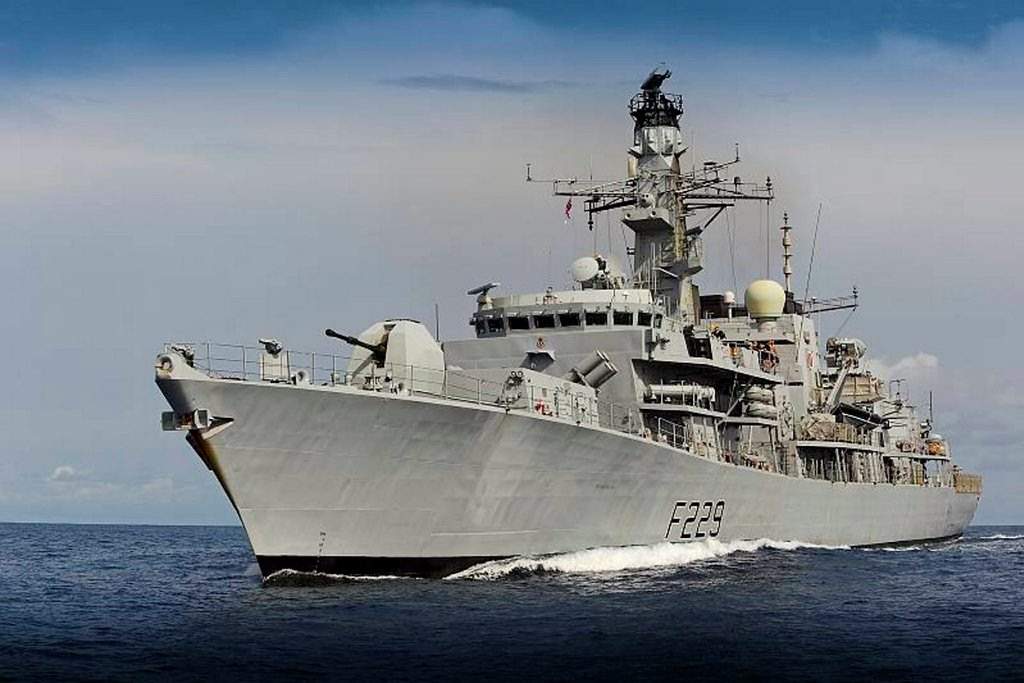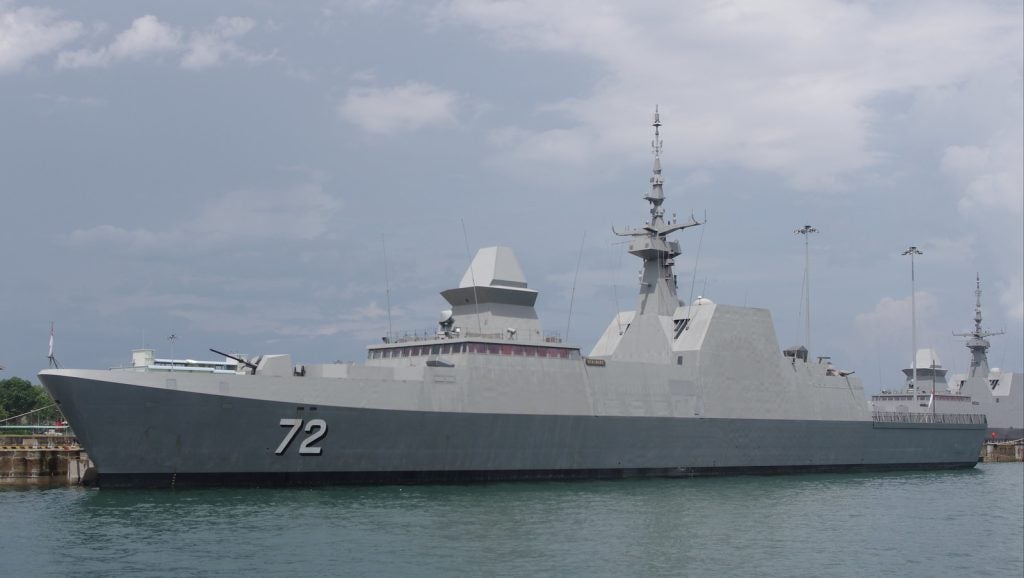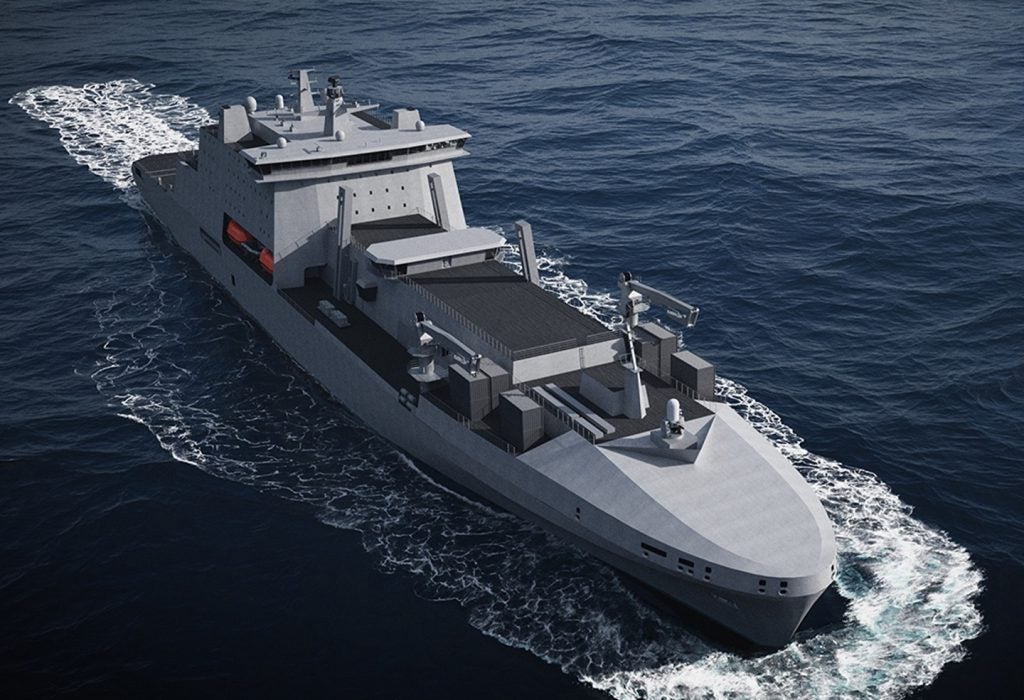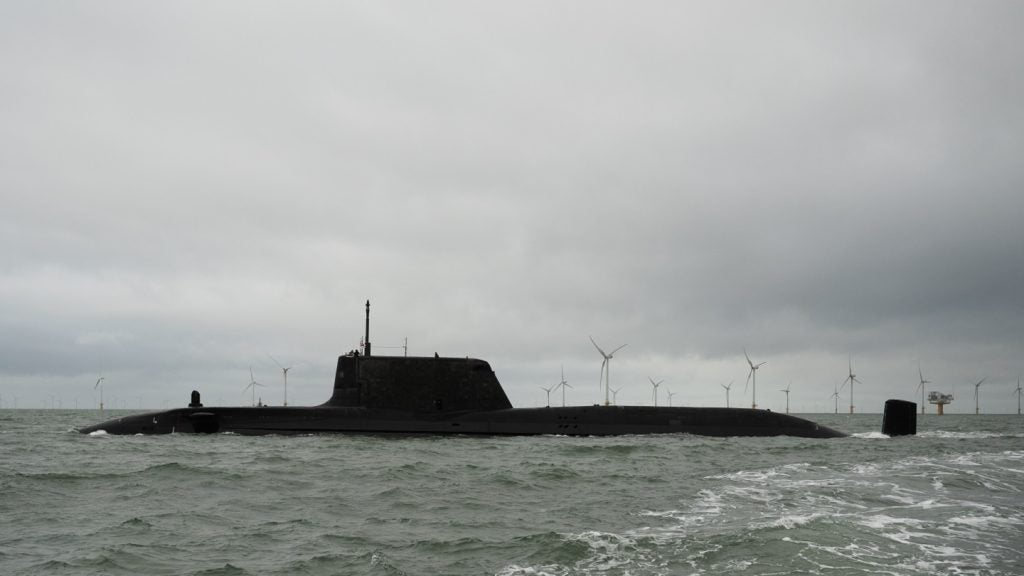
On New Year’s Day 2017, UK Defence Secretary Sir Michael Fallon announced “the start of a new era of maritime power,” which would see the government “investing billions in growing the Royal Navy for the first time in a generation, with new aircraft carriers, submarines, frigates, patrol vessels and aircraft all on their way.”
With the first of the next generation of carriers safely delivered a few months later, in September, the Defence Secretary unveiled a new National Shipbuilding Strategy (NSS), focused on the first batch of the new Type 31e frigates, which are due to enter service from 2023. It comes in response to Sir John Parker’s independent 2016 shipbuilding review, which put forward a series of far-reaching recommendations aimed at boosting shipyards, regional economies and the maritime supply chain in general.
The end result would be, according to the NSS document’s claims, “a strong, vibrant and globally competitive UK shipbuilding and maritime engineering industry, capable of winning business in the military and commercial markets, both at home and overseas.” In short, it promises a ‘renaissance’ in the UK industry, but will we really look back on 2017 as the “year of the Royal Navy” as the Ministry of Defence (MOD) boldly claimed, back on the 1st January, and is Britain’s naval shipbuilding ready to experience the pangs of its own re-birth?
The maritime industries as a whole support 6,800 companies and employ around 11,000 people in the UK, contributing some £13bn each year to the national economy, with the shipbuilding and repair sector alone accounting for a little over 15% of that. However, while the UK remains one of the largest exporters of maritime systems and equipment, an effective monopoly currently exists when it comes to shipbuilding for the Royal Navy, as Sir John Parker notes in his review.
“BAES’ Govan and Scotstoun sites are the only UK shipyards currently used to design, build and commission a sophisticated naval warship. This is currently an exclusive position held under the Terms of Business Agreement between BAES and MOD.”
Elsewhere in the industry, Parker argues, there is a renaissance already underway, with a variety of regional shipbuilding companies, which are competing successfully in diverse markets such as ship and offshore conversions, repairs, offshore wind farms and other contemporary maritime engineering projects. “There is no single customer dependency culture visible in these shipyards but rather an entrepreneurial attitude and an enthusiasm to embrace change along with flexible skilled labour practices with the ability to manage fluctuating workloads,” he wrote. While taking nothing away from the talent and expertise of BAES, Parker suggests that if the MOD were able to harness the wider UK supply chain and optimise the type of work with the most economic supplier, savings could be made, and competition boosted.
How well do you really know your competitors?
Access the most comprehensive Company Profiles on the market, powered by GlobalData. Save hours of research. Gain competitive edge.

Thank you!
Your download email will arrive shortly
Not ready to buy yet? Download a free sample
We are confident about the unique quality of our Company Profiles. However, we want you to make the most beneficial decision for your business, so we offer a free sample that you can download by submitting the below form
By GlobalDataCompetition and work sharing
With the Type 31e, it seems the government has heeded the advice. Plans are in place to purchase at least five of the new frigates, with the work to build them being shared across UK shipyards, and final assembly taking place at a central site – the same kind of distributed block build approach that worked for the Queen Elizabeth-class carriers. Although primarily intended to bolster the Royal Navy’s depleted fleet, the hope is that the new design of warship will also gain orders from international buyers, with the shipyards involved being encouraged to seek global partners to make the vessel competitive on the export market. Having a cost cap of just £250 million per ship will obviously help here too, as well as enabling the MOD to try to squeeze still more savings out of the defence budget.
Looking further ahead, the same thinking will be applied to other vessels too. All Royal Navy warships will continue to be built to a wholly UK-owned design, and fabricated and integrated in UK shipyards, but it will be through a competitive tender, while open competition will be the rule for other Navy vessels. There will, however, be a new and distinct edge of ‘British-first’ to that process wherever possible, as the NSS specifically charges the MOD to take “the impact on British prosperity” into account when making its procurement decisions and in all cases, the integration of sensitive UK-specific systems will be done in the UK. In addition, the NSS also says “the Government is working hard to make sure that UK producers of steel have the best possible chance of competing for contracts.”
Fitted for, but not with
On the face of it, all of the pieces seem to be being put into place to breathe new life into Britain’s naval shipbuilding. However, at a time when costs already need to be cut to fill the hole in the defence budget left by the RN’s existing round of new acquisitions, can five price-capped frigates for the domestic market, even with the chance of further sales abroad, really start a renaissance?
A day after the National Shipbuilding Strategy was announced, Defence Minister Harriett Baldwin launched the procurement plans for the Type 31e frigates, which would, she said, “re-energise a world-leading, vibrant and competitive British shipbuilding industry.”
As Tony Douglas, the Chief Executive Officer of Defence Equipment & Support (DE&S) pointed out, the programme has set tough time and cost constraints, and challenges everyone involved to deliver the new warship in a different and more innovative way than has been seen in the past. All of that may well be true, but the core requirements of the vessel itself could hardly be more basic, or arguably more vague, leaving this new frigate seemingly destined to be un-ambitious and distinctly underwhelming, with rather too many capabilities ‘fitted for, but not with’.
Calling it just a ‘beefed up’ version of an offshore patrol vessel, as some of its fiercer critics have, seems somewhat harsh but taken on its bald minimum specs, it does not appear to represent so very much of a leap from the River-class. How well it plays on the international market could well turn out to be one of the principal deciding factors in whether the renaissance begins to take root, or simply withers and dies.
Sustaining impetus
Even if Type 31e does do well on the global market, export successes are like swallows – a single one does not guarantee sunny days ahead – and sustaining the impetus required for any fledgling re-birth to continue to grow and thrive will need to be an ongoing process. That will mean a sizeable level of investment, and almost certainly need significant orders for some big ships to be built in British shipyards over the coming decades.
The problem is, that when it comes to anything other than ‘complex’ combat ships which must be UK-built, British yards will be competing with foreign shipbuilders that enjoy the economies of scale from building more tonnage already, and often enjoy cheaper labour costs too. British firms may struggle to ensure their gains do not come at the Royal Navy’s expense; in that sense, it threatens to be a zero-sum game – or worse, if less capability comes at the higher price.
Building a five-strong run of new frigates in blocks is unlikely to do much on its own to revitalise the sector from its current position. Take the decision to go down that same block-built-in-Britain route for any and all new large vessels, starting with the MARS Fleet Solid Support – big, complex ships only eclipsed by the new carriers themselves – and the rebirth of British naval shipbuilding would be, if not assured, then at least set on the right course.
Ultimately, if UK naval shipbuilding is to be reborn, the navy needs to be buying ships, lots of them, and given the dent punched in the defence budget by the new carriers and Trident’s replacement, that could be a hard sell, not least to the other armed services. So will it be a renaissance? As Jerry Maguire says, “show me the money!”
In the end, it all comes down to investment.






